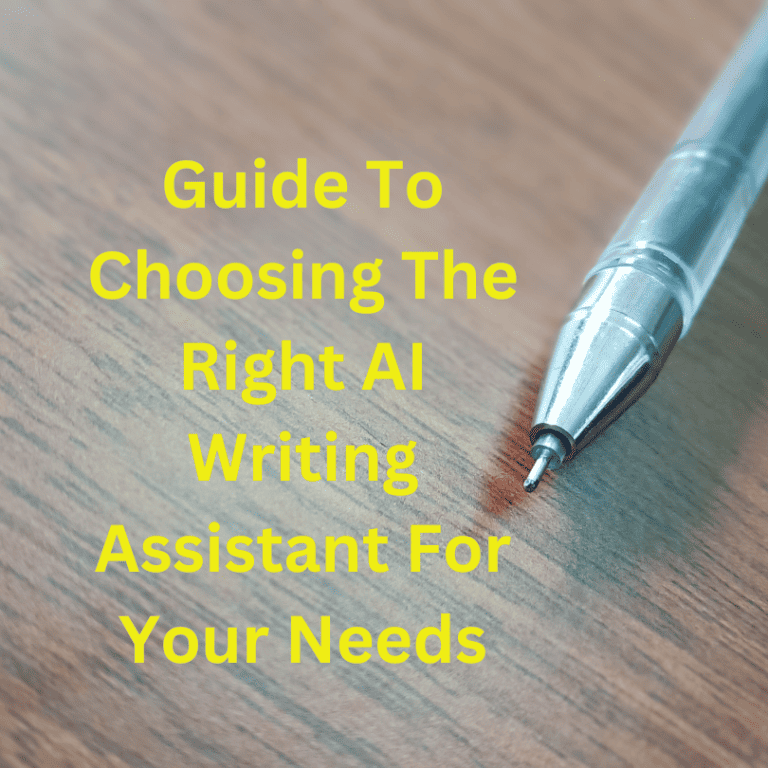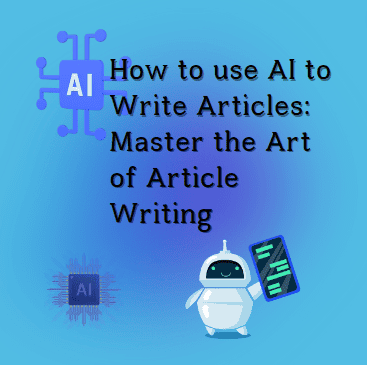How AI Writing Detectors Work – Understanding the Mechanisms Behind the Technology
AI writing detection is crucial in today’s digital and content marketing. Being able to identify AI-generated content is important. Understanding how these detectors work is important for content creators, educators, and organizations.
Linguistic analysis is a key principle in how AI writing detectors work. Detectors examine word choice, sentence structure, and writing patterns for words or phrases that might indicate AI use. Some statistical data and techniques will analyze word distribution and metrics. Advanced detectors leverage machine learning models trained on vast human and AI-written sample datasets.
However, AI writing detection faces several limitations and challenges. As language models rapidly evolve, their outputs become increasingly difficult to distinguish from human writing. Careful prompt engineering can make AI text appear more human-like. The limited availability of high-quality training data can also hinder model performance.
Ethical considerations play a crucial role in AI writing detection. Using people’s writing for training without consent raises privacy concerns. Unreliable detectors could wrongly flag human-written content, leading to unfair consequences. Additionally, proprietary detection tools may disadvantage those without resources, creating an uneven playing field.
Foundations of How AI Writing Detectors Work
NLP and machine learning are the core technologies powering AI writing detectors. Language models are trained on massive datasets to analyze textual patterns and characteristics distinguishing human content from AI writing.
The detection process focuses on several key areas:
Word Choice & Phrasing – Unusual word combinations – Overly formal or stiff language – Lack of contractions and colloquialisms
Sentence Structure – Repetitive construction – Overlong or unnaturally complex sentences – Lack of varied syntax
Coherence & Flow – Abrupt topic shifts – Lack of clear, logical progression – Inconsistent voice or style
Statistical Anomalies – Word frequency distributions – Complexity and readability metrics – Deviations from typical human patterns
Machine learning models crunch all these linguistic cues. They continuously train on new data to adapt as AI language models evolve and improve.
How to convert AI writing to human writing
To convert AI writing to human writing, you must learn some of the cues AI writers use when writing. If you are good at prompting AI, then you will not have trouble doing the conversion. from AI to Human content. You can use different ways to humanize the AI content.
If you find these identification patterns, you can use AI paraphrasing tools to help humanize your content. Once you use the detector tools to identify these patterns and highlight the AI-generated content. With a humanizing tool, you can be sure the content will be converted to read like human writing.
Some of these humanizing tools are:
- Writehuman.ai
- AISEO.ai
- AItohumanconverter
- AItohuman
Identifying Patterns in AI-Generated Text
You might not need a tool to identify AI-generated content. Since the content you create will be read by humans, it is prudent to have a keen eye for identifying words that show the use of AI.
AI writing often exhibits unusual word choices and phrasings. Overly formal language and a lack of contractions or idioms are red flags.
Repetitive sentence constructions and unnecessarily complex sentences point to AI content. A lack of varied syntax is another telltale sign.
Incoherent flow, abrupt topic shifts, and inconsistent tone or style are hallmarks of AI text. These elements differ from a cohesive human-written narrative.
Statistically, skewed word distributions and deviations in complexity metrics indicate AI generation. Such patterns diverge from typical human writing samples.
The key differentiator is how AI text lacks the natural nuance of human language. AI writing detectors learn these divergences to identify AI-generated content accurately.
How do AI detectors Work? Advanced Detection Techniques
Deep learning techniques like neural networks and transformer models are at the forefront of AI text detection. These methods can analyze complex linguistic patterns and self-learn textual features that differentiate human from machine writing. Their ability to continuously adapt is key as AI language models rapidly evolve.
Multimodal detection takes things further by combining text analysis with other data modalities. Examining images, metadata, and other contextual information alongside the text itself provides more robust detection. This multi-pronged approach helps expose manipulations and generated media that could bypass text-only methods.
However, adversarial techniques actively explore ways to fool or evade AI writing detectors. Through data augmentation, model fine-tuning, and other tactics, researchers can uncover blind spots and vulnerabilities.
It’s an arms race, with each advance in detection prompting new evasion strategies. While advancing the field’s frontiers, these approaches also raise ethical concerns around consent, privacy, and potential misuse that require careful governance.
Applications and Implications
AI writing detection can uphold academic integrity by catching AI-generated assignments. It enables content moderation to filter misinformation and hate speech. Plagiarism detection tools use it to spot copied AI text. Brands can protect against AI impersonation and fraud.
Privacy advocates worry about using personal data to train detectors without consent. False positives that incorrectly flag human work could have unfair impacts. Inconsistent performance across groups raises discrimination risks. Transparency around AI system capabilities and limitations is crucial.
As AI language models rapidly evolve, detectors must continuously adapt and advance. Expect increased use of multimodal, ensemble methods combining multiple techniques. More adversarial research will rigorously stress-test system robustness. Governance frameworks are needed for ethical, responsible development.
AI Writing Detection Tools
ZeroGPT uses a multi-stage deep learning methodology trained on large text datasets to analyze content and identify if it was generated by AI language models like ChatGPT, GPT-3/4, Bard, etc. It aims to optimize accuracy while reducing false positives/negatives.
ContentScale’s AI Detector is trained on online articles and multiple large language models. It can rapidly analyze content to determine if it sounds human-written or potentially AI-generated by systems like ChatGPT, GPT-4, Claude, etc. They also offer an “AI Humanizer” tool.
Originality AI claims industry-leading accuracy backed by peer-reviewed studies in detecting AI text across major language models like ChatGPT, GPT-3, Bard, Claude, and more. Their approach utilizes in-depth analysis methodologies.
These tools use linguistic analysis, statistical modeling, and training on large text corpora to identify patterns that differentiate human versus AI-generated writing styles and outputs.
Conclusion
AI writing detectors leverage advanced natural language processing and machine learning techniques to analyze linguistic patterns, statistical properties, and other textual characteristics. Neural networks, transformer models, and ensemble methods enable these systems to identify AI-generated content.
However, this field is rapidly evolving as language models continue advancing. Effective AI writing detection requires continuous adaptation and refinement of methods to keep pace with new technologies.
To understand and work with AI writing detection, explore the growing ecosystem of tools and open-source resources outlined here. Regularly review the latest research, case studies, and community discussions to stay informed amidst the latest developments in this space.
Responsible adoption of AI writing detection is crucial across academia, publishing, content moderation, and beyond. An informed approach allows for harnessing this technology’s potential while upholding ethics and mitigating risks.






